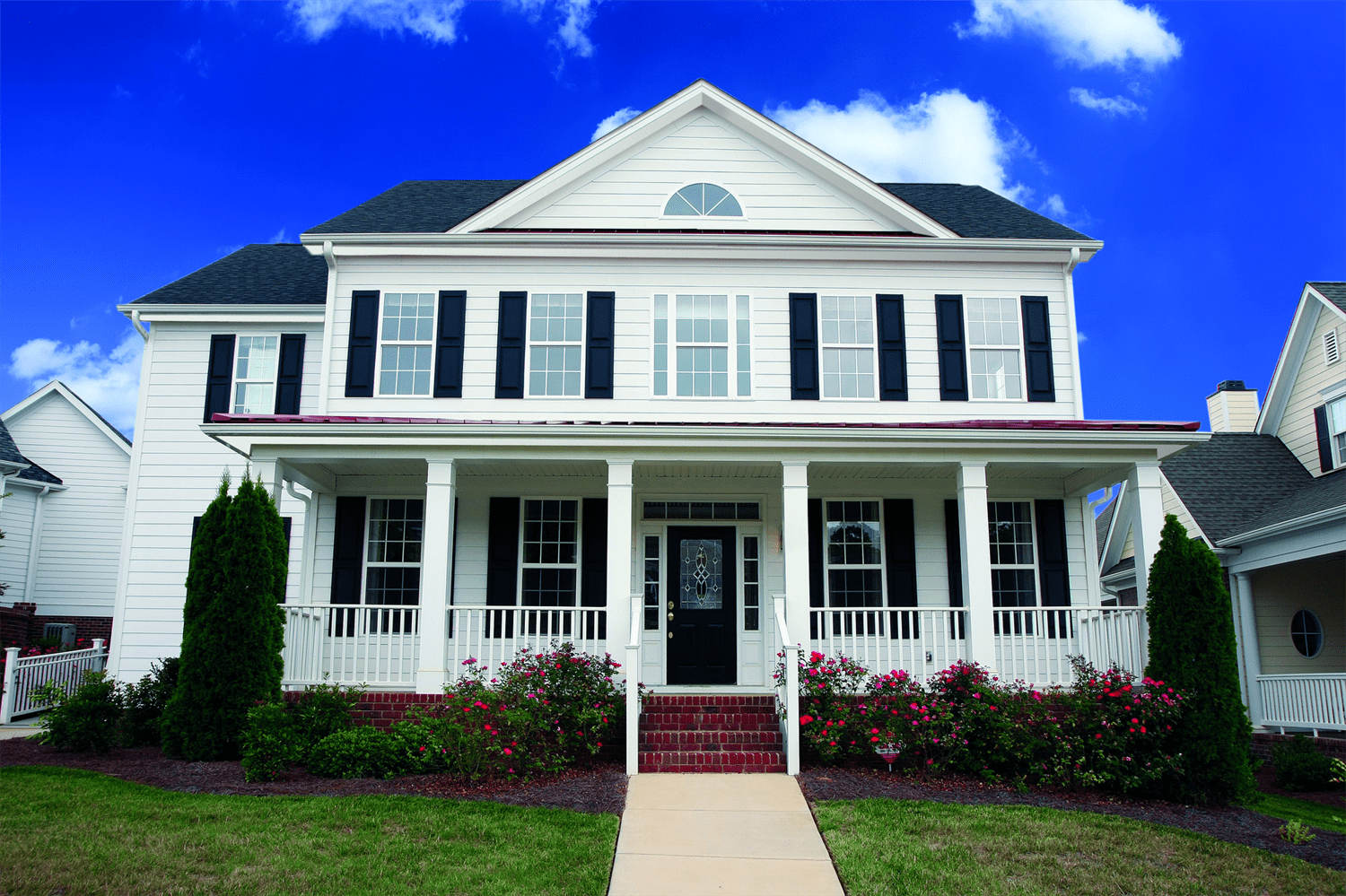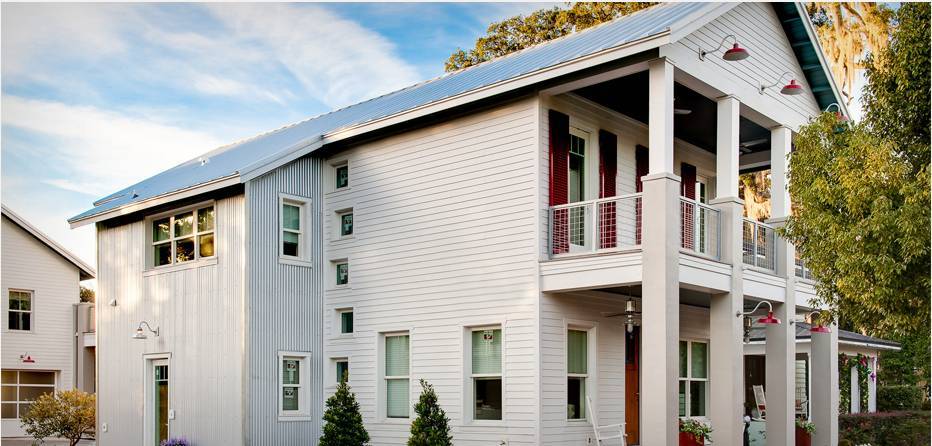Siding Budgeting 101: What’s the Price Tag for 1,000 Square Feet of Siding?
Introduction
When it comes to home renovation or building a new house, one of the most significant decisions homeowners face is the choice of siding. Not only does siding affect your home’s aesthetic appeal, but it also plays a crucial role in insulation and protection against weather elements. However, with numerous options available on the market, understanding how to budget for siding installation can be daunting. This article will guide you through the essentials of budgeting for siding, focusing on what you need to know about the price tag for 1,000 square feet of siding.
Siding Budgeting 101: What’s the Price Tag for 1,000 Square Feet of Siding?
Understanding Siding Materials
Before diving into numbers, it's essential to understand that different materials come with varying price tags. Common materials include:
- Vinyl Siding: Affordable and low-maintenance.
- Wood Siding: Offers a classic look but requires more upkeep.
- Fiber Cement Siding: Durable and weather-resistant but tends to be pricier.
- Metal Siding: Long-lasting but may not fit every architectural style.
Cost Breakdown by Material Type
Vinyl Siding
Vinyl siding is often favored due to its cost-effectiveness. For 1,000 square feet:
- Material Cost: $3,000 - $5,000
- Installation Cost: $1,500 - $2,500
- Total Estimated Cost: $4,500 - $7,500
Wood Siding
Wood siding exudes warmth and character but can be costly over time given maintenance needs.
- Material Cost: $6,000 - $12,000
- Installation Cost: $2,000 - $4,000
- Total Estimated Cost: $8,000 - $16,000
Fiber Cement Siding
This material provides durability and design flexibility.
- Material Cost: $5,500 - $10,000
- Installation Cost: $2,500 - $4,500
- Total Estimated Cost: $8,000 - $14,500
Metal Siding
Metal is sturdy and often fire-resistant.
- Material Cost: $7,000 - $12,000
- Installation Cost: $3,000 - $5,000
- Total Estimated Cost: $10,000 - $17,000
Factors Affecting Installation Costs
Several factors can influence the overall cost of siding installation:
- Labor rates vary by region and contractor experience.
- Larger homes or those with intricate designs will require more materials and labor.
- If replacing existing siding is necessary before installation begins.
- Compliance with local regulations may add costs.
Comparing Different Types of Siding
| Material Type | Material Cost Range | Installation Cost Range | Total Estimated Range | |--------------------|---------------------|-------------------------|-----------------------| | Vinyl | $3K-$5K | $1.5K-$2.5K | $4.5K-$7.5K | | Wood | $6K-$12K | $2K-$4K | $8K-$16K | | Fiber Cement | $5.5K-$10K | $2.5K-$4.5K | $8K-$14.5K | | Metal | $7K-$12K | $3K-$5K | $10K-$17K |
Hidden Costs in Siding Installation
When budgeting for your siding project beyond just material and labor costs:
- Some areas require permits that can add several hundred dollars to your total expense.
- Necessary additions that prevent moisture damage.
- Don’t forget about additional trim pieces required for a finished look.
DIY vs Professional Installation
One question Additional info many homeowners ask is whether they should tackle siding installation themselves or hire professionals.
Pros of DIY Installation
- DIY can save on labor costs if you have the skills necessary.
- You control every aspect of the project from start to finish.
- Gaining hands-on experience could be beneficial for future projects.
Cons of DIY Installation
- It might take longer than expected if you are not experienced.
Risk Factors – Incorrect installation could lead to increased repair costs down the line.
Quality Concerns – Is your handiwork as solid as a professional's?
Benefits of Hiring Professionals
Opting for professional siding installation has its merits:
Expertise – Skilled contractors provide quality workmanship that meets industry standards.
Time Efficiency – Professionals usually complete projects faster than an inexperienced homeowner might.
Warranty Protection – Many contractors offer warranties that cover both materials and labor.
How Weather Influences Your Choice in Siding
Weather conditions in your area significantly impact which type of siding might be right for you:
Cold Climates
In colder areas:
- Consider fiber cement or vinyl due to their insulating properties.
Hot Climates
For hotter regions:


- Metal or vinyl options reflect sunlight effectively keeping interiors cooler.
Humid Areas
If you live in humid conditions:
- Choose materials like fiber cement which resist moisture better than wood alternatives.
Frequency of Maintenance Required by Different Materials
Maintenance requirements differ widely among materials; here’s what you should know:
Vinyl Siding Maintenance Needs
Minimal upkeep involves occasional washing; no painting required!
Wood Siding Maintenance Needs
Requires regular painting or staining approximately every five years along with cleaning to prevent rot.
Fiber Cement Maintenance Needs
Low maintenance; however periodic inspections are advisable to check for cracks or chips.
Metal Siding Maintenance Needs
Typically requires little maintenance; occasional cleaning suffices unless dents occur from hail or debris impacts.

Environmental Impact Considerations When Choosing Your Siding
As sustainability becomes increasingly important in home building practices today let's consider eco-friendly options available within each category above while still being mindful about price tags associated with them!
Sustainable Choices in Vinyl Side Options
Look for recycled content options helping reduce plastic waste!
Responsible Wood Choices
Opting for sustainably sourced timber contributes positively toward forest conservation efforts!
Recyclable Fiber Cement Products
Many fiber cement products boast high recyclability rates at end-of-life cycle making them environmentally friendly choices too!
FAQ Section
What is the average cost per square foot for various types of siding?
The average cost ranges from approximately:
- Vinyl: ~$4-$7 per sq ft
- Wood: ~$8-$16 per sq ft
- Fiber Cement: ~$8-$15 per sq ft
- Metal:$10-$17 per sq ft
How long does it typically take to install new siding?
Generally speaking new installations may take anywhere from 1 week up-to several weeks depending upon size complexity & weather conditions affecting timeline greatly!
Are there any energy efficiency benefits associated with different types?
Yes! Insulative properties vary across different material types which play crucial roles determining heating/cooling costs throughout year-long usage periods too!
Can I install my own siding without prior experience?
While possible it’s highly recommended working alongside professionals ensuring safety & avoiding costly mistakes possibly arising if errors occurred during process installation phase especially when dealing heights involved DIY tasks!
What happens if I don’t maintain my chosen type adequately?
Failure maintaining selected product could result premature wear leading replacements sooner-than-planned potentially costing much higher prices compared maintaining regularly over time allowing longevity benefits seen across properly cared-for items instead!!
Conclusion
Budgeting for new siding isn’t merely about picking a number out of thin air; it involves careful consideration of material choices based on climate conditions along with installation options available within parameters set forth during planning stages ahead! Remember always consult professionals whenever unsure navigate this complex landscape effectively maximizing investment returns while creating beautiful lasting results sure impress everyone passing by! In summary—be informed about all factors influencing pricing when considering "Siding Budgeting 101: What’s the Price Tag for 1,000 Square Feet of Siding?" before making final decisions ultimately benefiting yourself long-term!